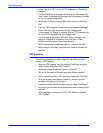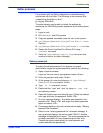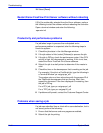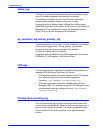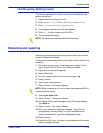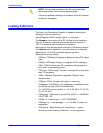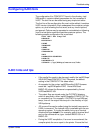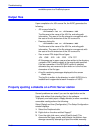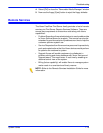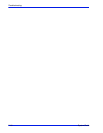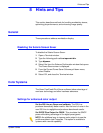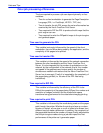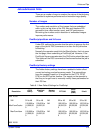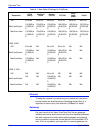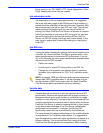
7-18 System Guide
Troubleshooting
available queue is a PostScript queue.
Output files
Upon compilation of a JSL source file, the XJDC generates the
following:
• JSL source listing file
<filename>.lst or <filename>.LST
The filename is the name of the JSL file, excluding path
information. The case of the file extension corresponds with
the case of the file extension of the JSL source file.
• Resource listing file
<filename>.rsc or <filename>.RSC
The filename is the name of the JSL file, excluding path
information. The case of the file extension corresponds with
the case of the file extension of the JSL source file.
• Zero or more PDL object files of types
.JDL .CME .IDR .LIB .PDE .STK .TST
All filenames are in upper case and are written to the directory
<outpath>/VM10 where outpath is the output path specified.
Files are overwritten if the REPLACE option is selected;
otherwise they are renamed to $xx where xx is the first two
characters of the file type.
• A log file containing messages displayed to the screen
XJDC.LOG
The log file is written to the directory in which XJDC/Unix is
installed and is appended at each invocation of XJDC.
Properly ejecting a diskette on a Print Server station
Several problems can arise if you use the eject button on the
floppy disk without first selecting Eject in the software.
To properly and safely eject a floppy diskette (or other mountable,
removable media) perform the following:
Select [Setup] and then [Configuration]. The Setup Configuration
window displays.
1. Select the Peripherals tab.
2. Right-click on the drive entitled “floppy0.”
3. From the right-click menu, select [Eject/Unload]. This
dismounts the floppy media, and protects the platform from
damage caused by attempting to eject the media manually.



